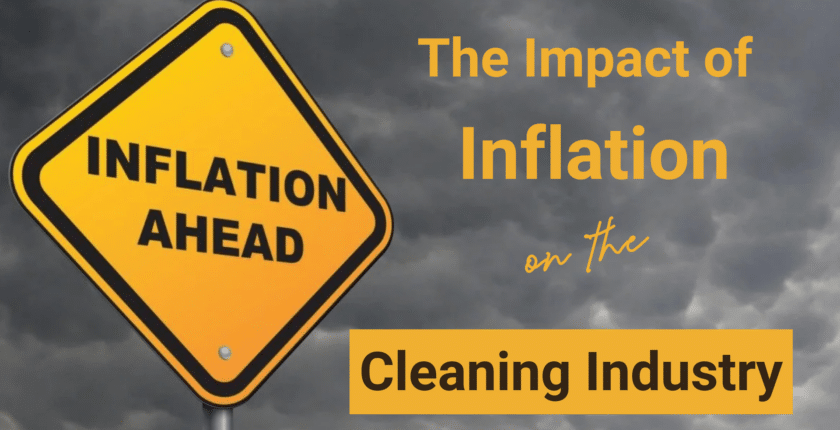Economic Pressures and Rising Costs
The cleaning industry, like many others, is grappling with significant economic pressures in an era marked by inflation and raw material shortages. Rising costs for labor, transportation, equipment, and cleaning supplies have become a pressing challenge, forcing businesses to innovate and adapt while preserving service quality.
Inflation and Its Impact on the Industry
Inflation has a cascading effect on operational expenses in the cleaning sector. Wages, often the largest cost component, have increased as businesses compete for skilled labor amid a tight job market. Additionally, energy prices have surged, raising utility and transportation costs essential for maintaining operations and delivering services to clients. Cleaning supplies, from basic detergents to specialized eco-friendly chemicals, have also seen price hikes due to increased production and shipping costs.
For small and medium-sized cleaning enterprises, these rising costs can erode already slim profit margins. Larger companies, though more equipped to absorb financial shocks, face their own challenges in maintaining competitive pricing and justifying rate increases to their client base.
Raw Material Shortages
The global supply chain disruptions caused by events like the COVID-19 pandemic and geopolitical tensions have led to significant shortages of raw materials. Essential cleaning products such as sanitizers, disinfectants, and even basic equipment like gloves and mop heads have experienced availability issues. These shortages force businesses to pay premiums or seek alternative suppliers, potentially compromising the consistency and quality of their offerings.
Adapting to Economic Challenges
Cleaning companies must adopt innovative strategies to navigate these economic pressures effectively. Here are key approaches businesses are taking:
- Streamlining Operations: Many businesses are investing in automation and technology to increase efficiency. Robotic vacuum cleaners, smart scheduling tools, and digital inventory management systems help reduce labor and resource wastage.
- Sourcing Strategically: Establishing relationships with multiple suppliers and sourcing locally whenever possible helps mitigate the impact of global supply chain issues. Bulk purchasing and long-term contracts can also lock in more favorable prices.
- Investing in Staff Retention: Retaining skilled workers reduces the need for costly recruitment and training. Competitive wages, benefits, and training programs foster employee loyalty and ensure a high level of service consistency.
- Embracing Sustainability: Many cleaning businesses are turning to eco-friendly, reusable, and biodegradable products. While these may have a higher upfront cost, they reduce dependency on volatile raw material markets and appeal to environmentally conscious clients.
- Transparent Pricing: Educating clients about the reasons behind price increases fosters trust. Transparent communication about rising costs and the value added by maintaining high service standards can ease negotiations and strengthen client relationships.
Maintaining Service Quality
Service quality is paramount in the cleaning industry, as it directly impacts client satisfaction and retention. Companies must prioritize training employees, adhering to safety and hygiene standards, and implementing quality control measures. Regular client feedback ensures services are meeting expectations despite the economic challenges.
Looking Ahead
The cleaning industry’s ability to adapt to economic pressures while maintaining quality will define its resilience in the coming years. By embracing innovation, fostering transparency, and prioritizing both employee welfare and client satisfaction, businesses can weather these challenges and emerge stronger. Although the road ahead is fraught with obstacles, a proactive approach will allow cleaning companies to not only survive but thrive in this evolving landscape.


